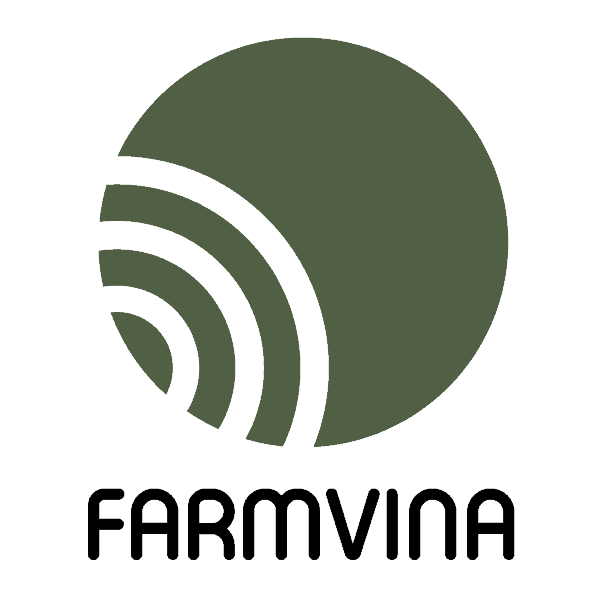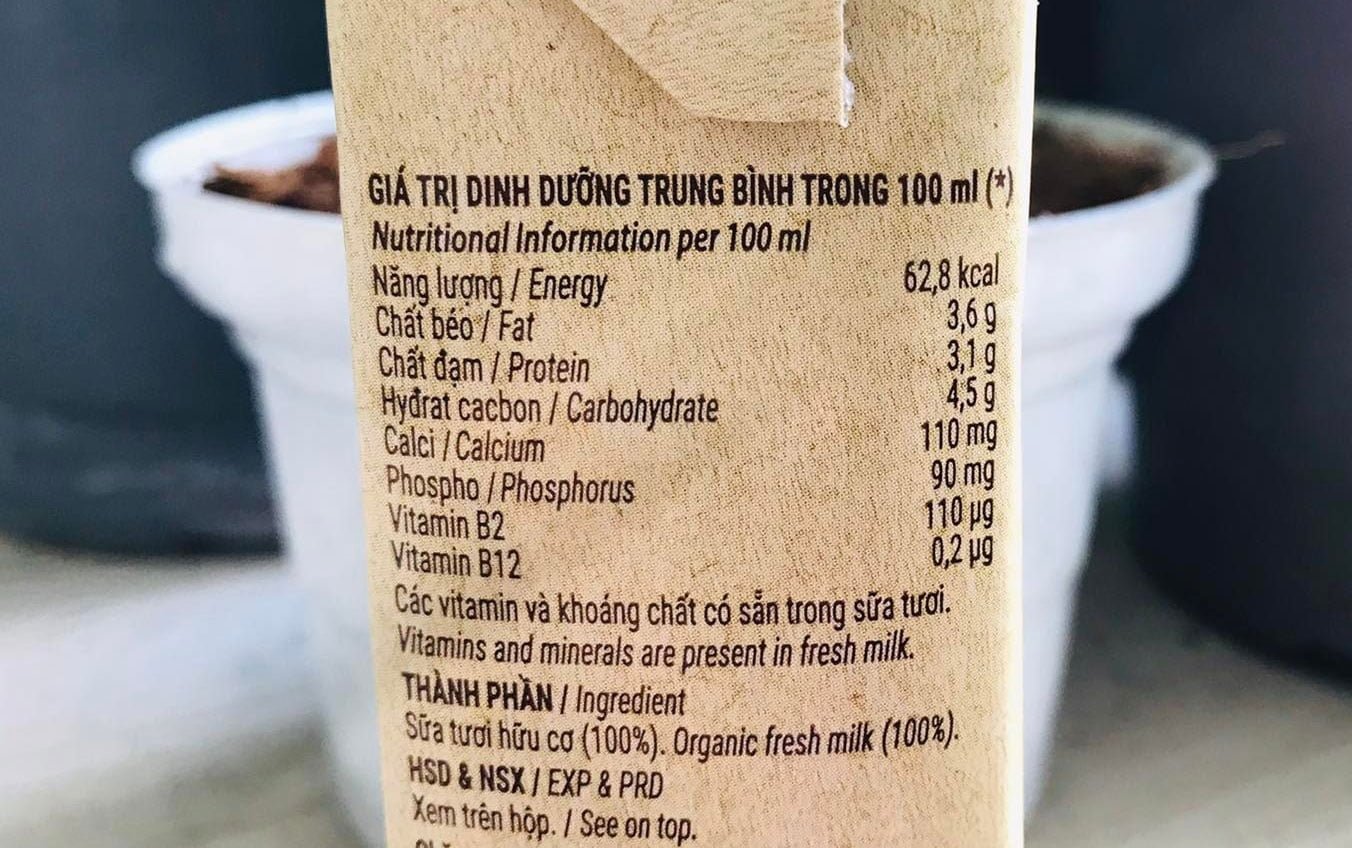Decoding Vietnamese food labels involves understanding Vietnamese characters, symbols, and regulatory information to determine product ingredients, nutritional values, and any allergens present.
Navigating the Maze of Vietnamese Food Labels: A Guide for Importers
Vietnamese cuisine is known for its vibrant flavors, fresh ingredients, and diverse dishes. From pho to banh mi, Vietnamese food has gained popularity worldwide. However, understanding the labels on Vietnamese food products can be a challenge for both consumers and importers.
In this article, we will explore the importance of understanding food labels in Vietnamese cuisine, the key components of Vietnamese food labels, decoding terminology, common labeling practices, regulations, and best practices for interpreting Vietnamese food labels.
Understanding the Importance of Vietnamese Food Labels
Health and safety concerns are one of the primary reasons why understanding food labels is crucial in Vietnamese cuisine. With an increasing number of people having dietary restrictions or allergies, it is essential to know what ingredients are present in the food products. By reading the labels carefully, consumers can avoid potential health risks and make informed choices about what they consume.
Cultural and religious considerations also play a significant role in the importance of Vietnamese food labels. Vietnam is a country with diverse cultural and religious practices. For example, some people may follow a vegetarian or halal diet due to their religious beliefs. By understanding the food labels, individuals can ensure that the products they purchase align with their cultural or religious dietary restrictions.
Consumer preferences are another factor that highlights the importance of Vietnamese food labels. With an increasing focus on healthy eating and sustainability, consumers are becoming more conscious about the ingredients used in their food. By reading the labels, they can make choices that align with their preferences and values.
Key Components of Vietnamese Food Labels
Vietnamese food labels typically include several key components that provide important information about the product. These components include the product name, ingredients list, nutritional information, allergen warnings, and expiration date.
The product name is usually displayed prominently on the label and provides a brief description of what the product is. This helps consumers quickly identify what they are purchasing.
The ingredients list is a crucial component of Vietnamese food labels as it provides a detailed list of all the ingredients used in the product. This is especially important for individuals with allergies or dietary restrictions, as they can easily identify if any allergens or restricted ingredients are present.
Nutritional information is another essential component of Vietnamese food labels. It provides information about the nutritional content of the product, including calories, fat, protein, carbohydrates, and vitamins. This helps consumers make informed choices about the nutritional value of the product.
Allergen warnings are included on Vietnamese food labels to alert consumers about the presence of common allergens such as peanuts, soy, wheat, and dairy. This is crucial for individuals with allergies to avoid potential health risks.
The expiration date is displayed on Vietnamese food labels to indicate the date until which the product is safe to consume. This helps consumers ensure that they are purchasing fresh and safe products.
Decoding Vietnamese Food Label Terminology
Decoding Vietnamese food label terminology can be challenging for those who are not familiar with the language. However, there are commonly used terms and phrases that can help in understanding the labels.
Some commonly used terms include “nguyên liệu” which means ingredients, “hạn sử dụng” which means expiration date, “giá trị dinh dưỡng” which means nutritional value, and “cảnh báo dị ứng” which means allergen warning.
Translation resources such as online dictionaries or translation apps can be helpful in decoding Vietnamese food label terminology. It is important to ensure that the translations are accurate and reliable.
Common Vietnamese Food Labeling Practices
Vietnamese food labels often use symbols and icons to convey information quickly and efficiently. These symbols and icons can represent various aspects such as vegetarian-friendly, halal-certified, or organic.
Labeling for specific dietary needs is also common in Vietnamese food products. For example, products that are suitable for vegetarians or halal-certified may have specific labels to indicate this. This helps individuals with specific dietary needs easily identify products that align with their preferences.
Regional variations in labeling practices can also be observed in Vietnamese cuisine. Different regions in Vietnam may have their own labeling practices or use local ingredients that are specific to their region. It is important to be aware of these regional variations when interpreting Vietnamese food labels.
Overview of Vietnamese Food Labeling Regulations
In Vietnam, food labeling regulations are enforced by several government agencies, including the Ministry of Health and the Ministry of Industry and Trade. These regulations aim to ensure the safety and quality of food products and provide consumers with accurate information.
Imported foods are also subject to labeling regulations in Vietnam. Importers must comply with the labeling requirements set by the Vietnamese authorities. This includes providing accurate and clear labels in Vietnamese language, as well as complying with any specific regulations for imported foods.
Tips for Importers on Navigating Vietnamese Food Labels
For importers, navigating Vietnamese food labels can be a complex process. Working with local partners who are familiar with the regulations and labeling practices can be beneficial. They can provide guidance and support in ensuring compliance with Vietnamese food labeling requirements.
Understanding import regulations is crucial for importers to avoid any legal issues or delays in customs clearance. Importers should familiarize themselves with the specific labeling requirements for imported foods and ensure that their products meet these requirements.
Hiring a professional translator who is fluent in both Vietnamese and the importer’s native language can also be helpful in accurately interpreting Vietnamese food labels. This ensures that there are no misunderstandings or misinterpretations of the labels.
Best Practices for Interpreting Vietnamese Food Labels
When interpreting Vietnamese food labels, it is important to read them carefully and pay attention to detail. This includes understanding the product name, ingredients list, nutritional information, allergen warnings, and expiration date.
Understanding the cultural context is also crucial when interpreting Vietnamese food labels. Certain ingredients or practices may have cultural significance or may be specific to certain regions. Being aware of these cultural nuances can help in accurately interpreting the labels.
Consulting with experts such as nutritionists or food scientists can provide valuable insights into the nutritional value and safety of Vietnamese food products. They can help in understanding the ingredients used and any potential health risks associated with the products.
Common Pitfalls to Avoid When Reading Vietnamese Food Labels
There are several common pitfalls to avoid when reading Vietnamese food labels. One of them is misinterpreting symbols and icons. It is important to understand the meaning behind these symbols and icons to avoid any misunderstandings.
Assuming familiarity with Vietnamese cuisine can also be a pitfall when reading Vietnamese food labels. It is important to research and familiarize oneself with Vietnamese ingredients, dishes, and culinary practices to accurately interpret the labels.
Ignoring regional variations in labeling practices can also lead to misunderstandings. Different regions in Vietnam may have their own labeling practices or use local ingredients that are specific to their region. It is important to be aware of these regional variations when interpreting Vietnamese food labels.
Case Studies: Real-World Examples of Navigating Vietnamese Food Labels
Real-world examples of navigating Vietnamese food labels can provide valuable insights and lessons learned. These case studies can highlight successful and unsuccessful labeling practices and shed light on the challenges faced by importers and consumers.
For example, a successful labeling practice could be a product that clearly indicates its vegetarian-friendly status with a recognizable symbol, making it easy for vegetarians to identify suitable products.
On the other hand, an unsuccessful labeling practice could be a product that does not clearly indicate the presence of allergens, leading to potential health risks for individuals with allergies.
Lessons learned from these case studies can help importers and consumers understand the importance of accurately interpreting Vietnamese food labels and the potential consequences of misinterpretation.
The Importance of Accurately Interpreting Vietnamese Food Labels
In conclusion, understanding Vietnamese food labels is crucial for both importers and consumers. It helps ensure health and safety, aligns with cultural and religious practices, and meets consumer preferences.
By familiarizing themselves with the key components of Vietnamese food labels, decoding terminology, understanding common labeling practices, and complying with regulations, importers can navigate the Vietnamese food market successfully.
Similarly, consumers can make informed choices about the products they purchase by reading labels carefully, understanding cultural context, and consulting with experts. Accurately interpreting Vietnamese food labels is essential for a positive and enjoyable culinary experience.
Originally posted 2024-02-28 09:15:48.



